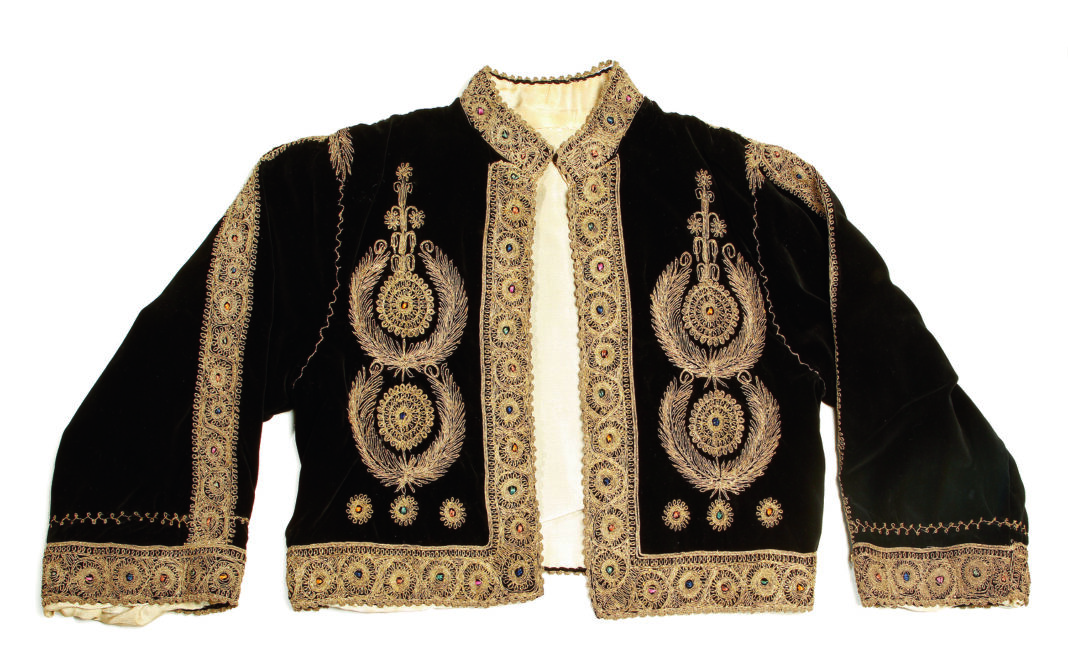By Dr. Gillian Vogelsang-Eastwood, Director, Textile Research Centre
It may not come as a surprise to hear that few people, if any, go without clothing or textiles. But many are surprised when they learn about the complexities, meanings and above all the language of those items. Don’t we all sometimes ‘dress up’ to impress, ‘dress down’ to show our modesty, or recognise someone’s attire as specific to a certain culture?
The Textile Research Centre (TRC) in Leiden studies the skills of textile and garment production, and what people want to express when wearing their clothes, namely the language of dress. It is a knowledge centre that is actively involved in the preservation, interpretation and future of this specific, but universal part of cultural heritage.

The TRC was founded in 1991 as an independent foundation (‘Stichting’) and works closely together with Leiden University and other Dutch and international organisations worldwide. The courses and workshops set up by the TRC are attended by professionals and non-professionals, promoted by the TRC’s (EU) Erasmus+ Adult Education Accreditation and its official status as a Cultural Public Benefit Organisation (‘ANBI’).
A key feature of the TRC is its collection of over 40,000 textiles, garments and accessories that date from prehistory to yesterday. Most of the items are photographed and included in the open-access, online catalogue. The items have been brought together for people to see, feel and indeed closely investigate.
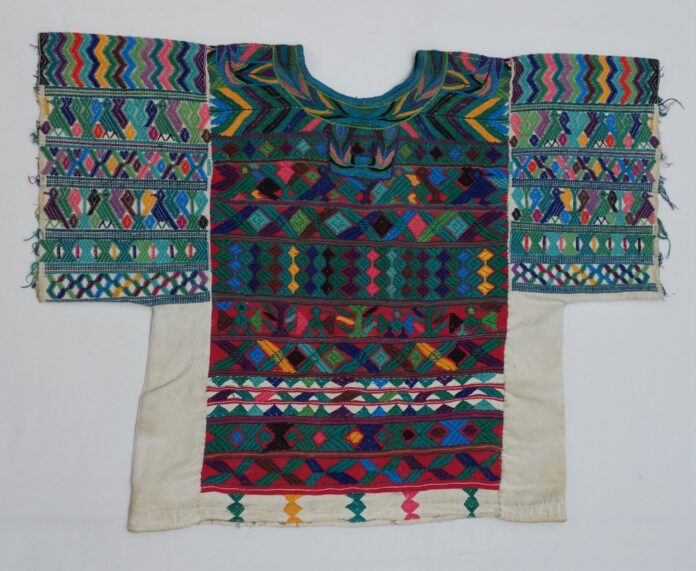
In doing so they can focus on the associated techniques, decoration and the specific meanings of the garments. Items in the collection have been collected during travels in the Netherlands and abroad; they have also been donated by many institutes and individuals, including various embassies in The Hague, as well as immigrant organisations in Leiden and beyond. But people not only donate textiles, they also help us with invaluable information about the meaning of the items, how they were made and used. We often describe this as ‘Citizen Culture at Work’ because so many people are involved.
There is another, closely related side to the TRC. In 2015 the then Yemeni Ambassador to the Netherlands asked if the TRC would become a cultural ark for Yemeni textiles and dress. Since then the TRC has become a haven for Yemeni textiles, preserving and supporting the study of Yemeni textile and dress culture. Sadly, the TRC has also become a textile ark for other communities, including Afghanistan and Syria.
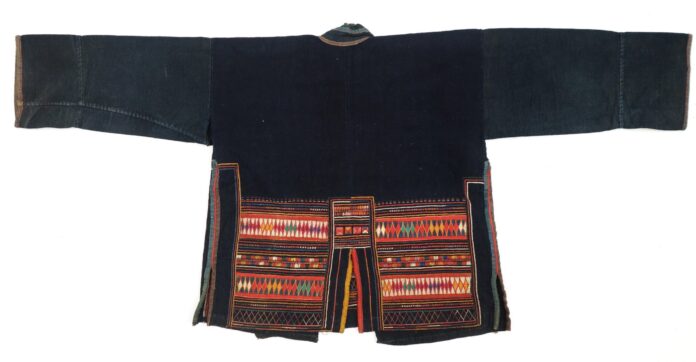
Embroidery has become an important and prestigious part of TRC activities. We study its long history, its many techniques and forms and its meaning. Embroidery’s history includes monarchs, religious leaders, as well as the military and the diplomatic world, and of course ‘ordinary’ people all over the world. The oldest known surviving embroideries, for example, come from the tomb of the Egyptian pharaoh, Tutankhamen. He was buried in c. 1322 BC together with both Egyptian made embroidered garments and embroidered clothing that was given as diplomatic gifts by the Mittani, who lived in what is now northern Syria.
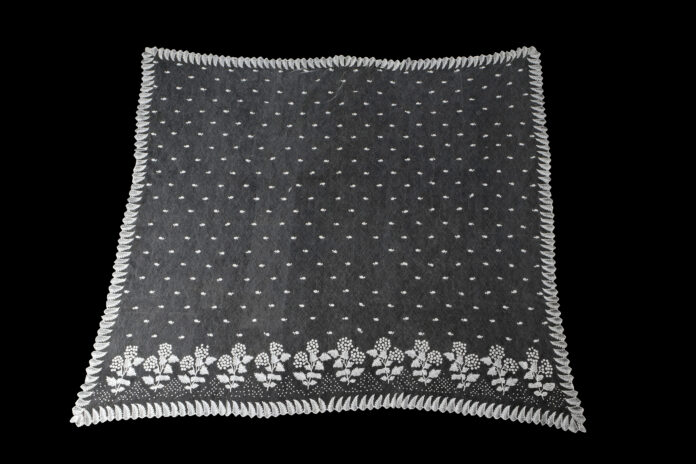
Embroidery was and still is produced in many parts of the world and there are hundreds of different forms, materials, stitches, threads and end products, and they all have a different history and a different meaning. Many of these forms are represented in the TRC collection, as well as being the subject of an eight-volume series called the Bloomsbury World Encyclopedia of Embroidery, which is written and edited at the TRC, and published by Bloomsbury, London. The first two volumes are already out and cover the Arab World (2016) and Central Asia, the Iranian Plateau and the Indian sub-continent (2021). The first volume won several international prizes, including the prestigious Dartmouth Medal (2017). The third volume on Sub-Saharan embroidery is due in April 2023. The other volumes on Central and East European, East Asian, Southeast Asian and the American forms are all planned for the next five or so years.
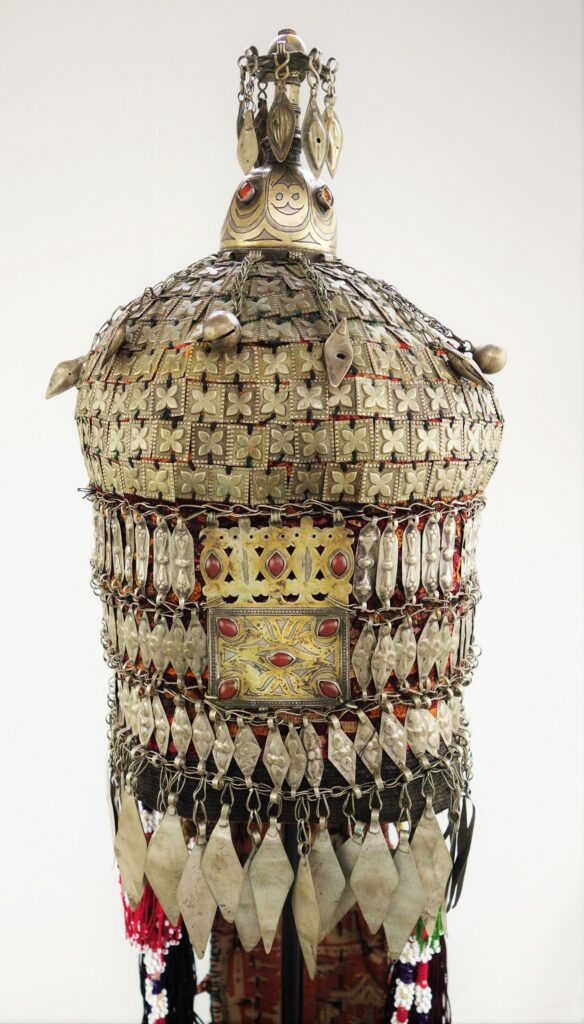
Help with the relevant entries is being given by many individuals, institutes and others. The Georgian, Philippine and Estonian Embassies in The Hague, for example, are already working with the TRC. TRC’s ‘Citizen culture at work’ unites many people from all over the world, since, as was said, we all use textiles and garments, and we have to learn the myriads of dialects in order to communicate effectively.
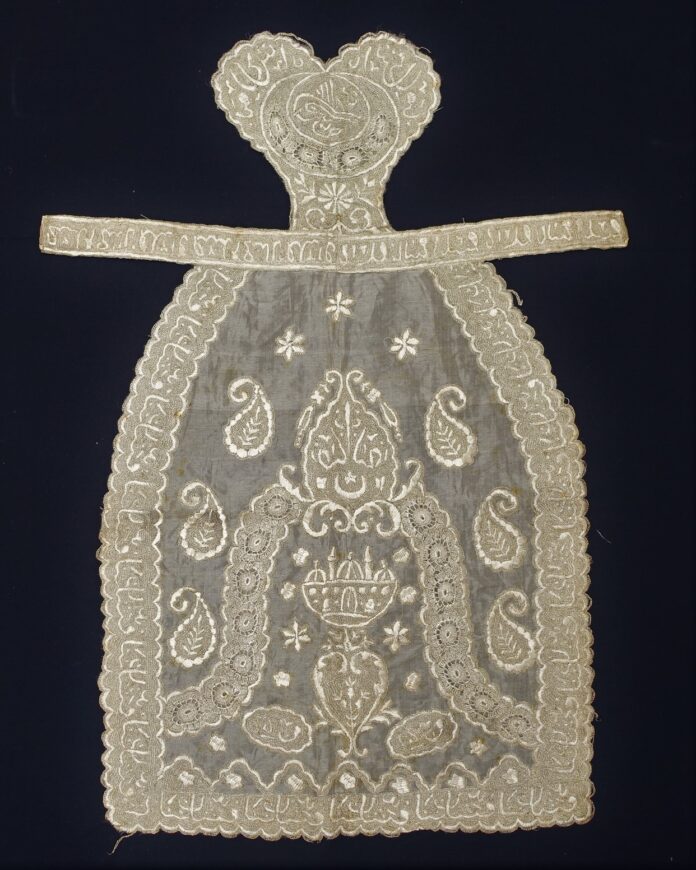
I would like to thank the Arts Society The Hague, and in particular its chair, Mr Andrea Perugini, former Italian Ambassador to the Netherlands, for facilitating the publication and dissemination of this article.
Information:
Textile Research Centre, Hogewoerd 164 2311 HW Leiden
+31 (0)6 28830428

